15 Ways to Increase Cannabis Yield
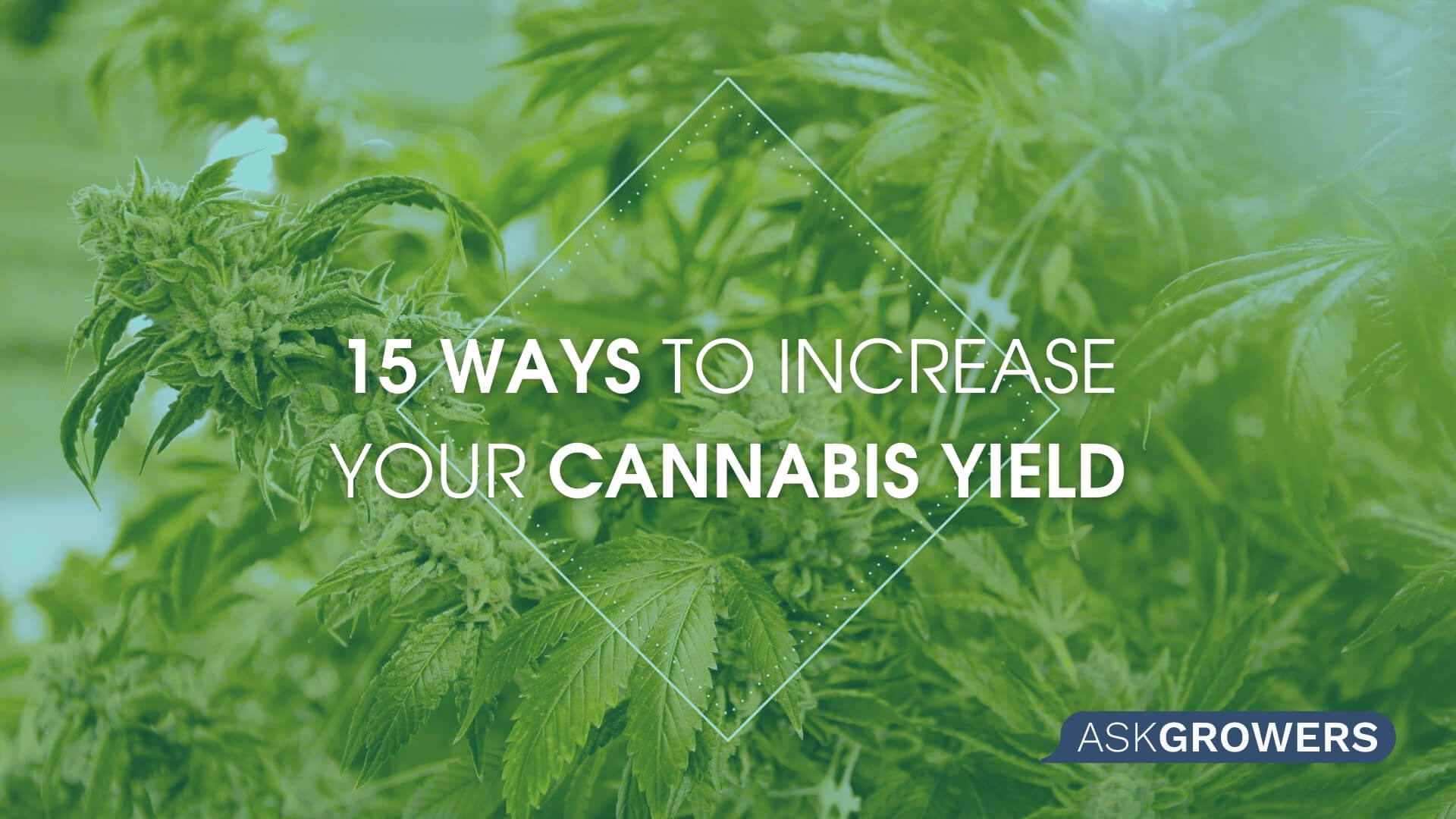
- Maximizing Cannabis Yield
- 1. Start Strong
- 2. Give Comfortable Surroundings to Your Seeds to Grow In
- 3. Grouping Them Right Is the Key to Planting Productivity
- 4. Grow Canopies to Maximize Light Penetration
- 5. Use Phosphorus to Grow Buds and Restrict Stretching
- 6. Use Carbon Dioxide for a Better Compound Ratio
- 7. Give Your Plants Nutrient-Rich Care for Harvesting Capacity
- 8. Make Sure That the Environment Complements the Strains
- 9. Give the Roots Some Room to Grow Cannabis
- 10. Build a Strong Foundation to Increase Yield Level
- 11. Use Technology to Check Plant Growing Activity
- 12. Study the Nutrients You Are Planning to Introduce Into Your Plants First
- 13. Calibrate the Meters on a Regular Basis
- 14. Do Not Forget to Study the Cannabis Market
- 15. Be on Your Toes for the Harvest Season
- TOP marijuana seeds for growers
- Common Mistakes to Avoid When Cultivating High-Yielding Cannabis
- 1. Not Looking Out for the Genetics of Cannabis Seeds
- 2. Not Giving Room for Germination
- 3. Growing on the Wrong Soil
- 4. Confining Cannabis Plants in Tight Spaces
- 5. Not Paying Attention to Humidity in Greenhouses
- 6. Overfeeding and Overwatering
- 7. Not Maintaining the Right pH Levels
- 8. Ignoring the Need for Ventilation
- Conclusion
Now that you can obtain permission to cultivate cannabis privately in several states of the US as well as Canada, you should not hold back on this profit-making opportunity. We understand that you should be worried about not having a yield good enough to convert into profits. Well, all we can say here is some expert advice never harms.
Yes, while you can always resort to trial and error methods to check how your yield comes through amazingly, the smarter option would be to learn from the mistakes of the experts. Here, we have got for you several tried and tested tips and hacks that can help you maximize your cannabis yield. You do not have to worry about them failing because someone did it for you and found the solutions too.
Maximizing Cannabis Yield
1. Start Strong
The best way to obtain a flawless yield is to make sure that you are using healthy and fresh genetics to cultivate your yield. This might sound challenging for an individual novice. Then again, you can always visit a laboratory to find out more about the genetics of cannabis plants and how you can select one with no chances of genetic drift.
Read Also: 16 Biggest Yielding Cannabis Strains
To be on a safer side, you can bring in a sample of high-yielding seeds. Then, find out its best performing phenotype, which can then be employed into testing. In this way, you can discover the genetics that will work excellently for producing an incredible yield and put it into full-fledged production.
2. Give Comfortable Surroundings to Your Seeds to Grow In
No matter which crop you are cultivating, without apt environmental conditions, it will be a challenge to succeed. So, in order to have an abundant cannabis yield, you should ensure that there is enough air circulating the area of cultivation. This is especially important in case of vertical cultivation because the air in the lower half of the room is cooler, making it essential for the genetics to receive the same temperature in the upper half as they grow taller.
Also, it is advised to put the genetics, which requires less attention on the top layers of cultivated ground and the ones which require more attention on the bottom. This is because we tend to manicure, water, and look after the lower levels more than the top. Also, the more stretchy seeds require a cooler temperature that is available at the bottom only.
3. Grouping Them Right Is the Key to Planting Productivity
Most of the time, cultivators commit the error of planting the strains randomly across the ground. Now, if these strains require different care and take different durations to grow, then you might end up losing half of your yield. Therefore, we would advise you to group strains in a manner that the ones which require a similar type of care and take about the same time to grow are planted together.
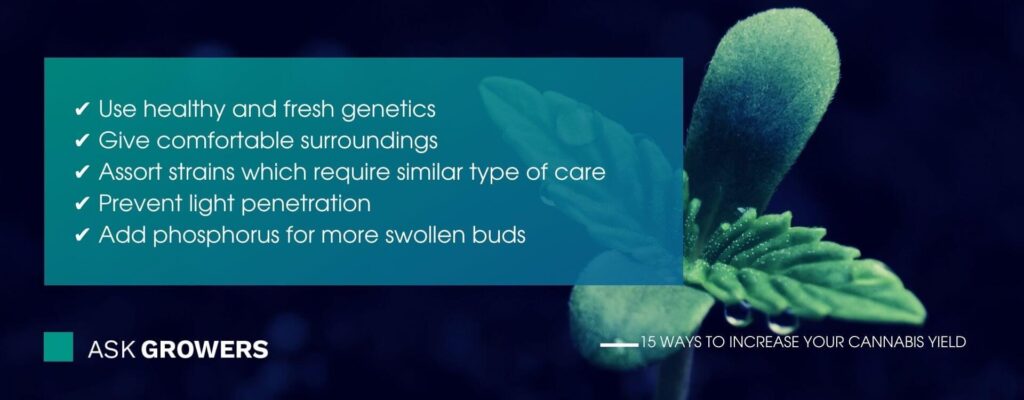
When you have grouped the strains as per their requirement of time and nutrients, you can place them in certain temperatures without having to worry about shifting them.
4. Grow Canopies to Maximize Light Penetration
While having a normal plant is not much of an issue, canopies are a must if you want bigger and healthier buds. Yes, since all plants require proper air and light to reach all their leaves, canopies are going to facilitate that. Moreover, with bigger buds, the canopy of flowers will also be ticker, which translates into a more profitable yield.
However, our experts suggest that you pinch the top of the plant while they are young instead of cutting them because, with cuttings, you lose the main branches. Now, you can use netting to weave your plants so that they are all following a similar size pattern. The higher the uniformity, the better will your plants be able to divide the resources like air, water, and light amongst them.
Once your plants are flowering and have taken a nice canopy shape, then you can start de-leafing them after a week or two. This will further enhance light penetration.
5. Use Phosphorus to Grow Buds and Restrict Stretching
After around a week or two of flowering, you might want to add a little bit of extra phosphorus into the manure. You can do this twice, on the 8th as well as 13th day of flowering. The purpose you achieve by adding phosphorus is to encourage the plant to limit its resource allocation towards stretching and allow the bud site to flourish.
We cannot say that the plant will stop stretching altogether just by adding phosphorus, then again, a little bit of simulation can encourage it to give more swollen buds.
6. Use Carbon Dioxide for a Better Compound Ratio
No matter which crop you are cultivating, you know that carbon dioxide is one gas that is going to encourage a better yield because it is one of the primary components required for photosynthesis. Therefore, we would advise you to invest some time in running some carbon dioxide across the plants as well as flowers to enhance the rate of photosynthesis so that the plants utilize the nutrients faster.
With the help of better nutrient utilization, you can ensure that your plants will have better resin and trichome levels. And, as a cultivator, we expect you to know that these are the most desirable parts of the plant that contain most of THC and CBD compounds.
As for the quantity of CO2 you can use, try running 1,000 to 1,400 ppm of the chemical dissolved in water across the field. You can start from the least amount and gradually take it to the highest as you proceed through the week.
7. Give Your Plants Nutrient-Rich Care for Harvesting Capacity
If you are wondering what else you can do to gain a densely flowered plant, then you must focus on providing it with as many nutrients as possible. For instance, you can add more silica in the mixture for sturdier stems. There is no doubting the fact that when the stems are strong, the flowers are bound to be denser in number and flourish.

The use of monosilicic concentrates is recommended here as they also promote the plant to utilize its nutrients more efficiently.
8. Make Sure That the Environment Complements the Strains
It is often noticed that individual cultivators invest in strains which are not apt for the climatic conditions they live in and end up losing all the money. Therefore, it is crucial to study the weather cycle of your region first and then decide upon the genetics of the strains you want to grow.
In warm and dry climatic conditions, the sun-grown cannabis plants do very well because they can be sown in May and get time till November to show wonders. However, in the regions that experience a damp climate, you don't have much time. Therefore the individuals residing in such regions should opt for plants that do not take much time to grow because they only have June to the end of September to harvest what they have shown. After that, you will run a risk of mold due to excessive rain and humidity.
9. Give the Roots Some Room to Grow Cannabis
One mistake the most cultivators end up making is that they do not pay enough attention to the space that the roots will require to grow. If the roots do not have sufficient space to spread around, it will not be able to fetch nutrients for the plant to synthesize nutrients. On the other hand, healthy roots suggest that your strains are going to grow into big, healthy plants.
While we can only suggest you to space your plants properly, the layout you decide upon depends on the area of flowering canopies you are allowed to grow and the size of the plot you own. Just ensure that the beds can comfortably accommodate the crop without letting any space go to waste.
10. Build a Strong Foundation to Increase Yield Level
Like building a house for yourself, where you direct all your focus towards building the foundation right, you should build a promising bed for your cannabis plants too. For this, you should ensure that you are using good quality, nutrient-rich soil. Also, remember to space the plants properly so that they do not end up growing haphazardly.
11. Use Technology to Check Plant Growing Activity
While it is advised to keep a thorough watch on plants and you do that too, there is no way you can study a plant’s functioning through a naked eye. Therefore, you should invest in a PAR meter.
Essentially, a PAR meter is used to read the photosynthetically active radiation. Clearly, it suggests that it determines whether the plants are receiving enough light for performing photosynthesis or not, which is not possible otherwise.
Now that you can map which part of your field is receiving maximum yield and which is not, you can plant your weed accordingly. The readings will help you look through your plants’ eyes so that you can understand their requirements better. And once you have organized that information in the form of graphs and charts, you can spread the nutrients accordingly.
For the cultivators who have large holdings and can afford to install a PAR meter with data logging capacity, it will help them earn tremendous gains. With this, you can capture the entire cycle of cultivation so that you know which type of genetics you should invest in the following year.
Read Also: Fan Leaves: How to Prune Cannabis for Optimal Growth and Yield
12. Study the Nutrients You Are Planning to Introduce Into Your Plants First
It is not an easy job to introduce a new nutrient to your plant because they tend to be expensive and running them across the beds takes a lot of work. However, it is worse when these nutrients go down the drain. Yes, most of them fall out of the solution you spray on the plants and are not used at all.

To deal with the nutrients being washed out, you should first test these chemicals by hand. For this, you can dissolve the concentrate into two cups of hot and cold water and let them sit for a while. Now, check if the chemical is sitting at the bottom of the cup. If yes, then you should find a better way for it to reach your plants for your tissue tests to be successful.
You can also buy a pH chart available in most stores to check the nutrients which are going to stick and the ones which won’t. Check the solubility of these nutrients and devise different methods of making sure that your plant utilizes them.
Moreover, since each strain comes with pH and properties of its own, you need to be extra careful about the nutrients you are providing to it. It would help to create notes.
13. Calibrate the Meters on a Regular Basis
It is advised to calibrate the meters that you have installed to study the light and other functions of the plants regularly. This is because your pH, humidity, PAR, and water meters will only provide you with the log which is in its memory. So, we would advise you to collect data from your meters on a daily basis, organize it well, and reset them for a new day and conditions.
All the data that you collect from these meters is going to help you in deciding how you can encourage your plants to provide a better yield.
Read Also: Growing Cannabis: The Beginner’s Shopping List and Top 7 Beginner Tips
14. Do Not Forget to Study the Cannabis Market
For cultivations like cannabis, the market is more interested in the resins, flowers, and trichomes that can provide processors with enough raw material for producing high-grade THC and CBD concentrates. Therefore, even if you have grown healthy plants with maximum tonnage, you might lose the profit battle.
So, we would advise you to check if the market is hot for extraction or flower before you invest all the time and effort in cultivating.
15. Be on Your Toes for the Harvest Season
When you are growing weed, you should know that it doesn’t take as much time to grow as other crops. Therefore, you need to be ready with facilities to process and dry the product before it is time to harvest. This is because once the plants growing in a field mature, they are vulnerable to rains and frost, which can leave them ruined.
However, if you are cultivating cannabis in greenhouses, you can control the environment and harvest a crop every week or so. Also, the time window for flowering in greenhouses lasts up to 60 days only. So, make sure that you have planted the strains in such a pattern that you have 5 to 6 days to process the first batch before the second one is ready to be taken down.
TOP marijuana seeds for growers
Common Mistakes to Avoid When Cultivating High-Yielding Cannabis
Now that you know what can help you grow a better cannabis yield, here are some common mistakes new cultivators should avoid.

1. Not Looking Out for the Genetics of Cannabis Seeds
Often, individuals, with an aim to profit from their newly obtained weed license, buy a pack of weed seeds without any clue about their genetics. Therefore, you should study the variety of seeds, how their genetic drift can be disastrous, and what are conditions each of them need to grow in.
2. Not Giving Room for Germination
Most of the crops of weed fail because the cultivators make the mistake of growing them in an unsuitable environment. For instance, the rooms are dark and humid, the temperature is too high, there is not enough light, or even if there is light it is not reaching the bottom, and they handle the seeds way too much. All of these and more are the causes why some of your seeds get damaged or lose the motive to germinate.
Therefore, instead of planting the seeds into the beds directly, germinate the strands in a controlled environment such as glass, paper towel, Rockwool, or soil. You can also invest in a starter kit.
3. Growing on the Wrong Soil
Many beginners use the soil that is available to cultivate weed and this might not turn out well because like other crops, even weed plants have their specific soil requirements. For them, the soil should be light and airy for the roots to breathe, it should be rich with nutrients for the buds to grow richer in compounds, and there should be no contamination in the soil.
If your cultivation bed is already infested by pests, fungus, or mold, there is no way you can save your yield from it.
4. Confining Cannabis Plants in Tight Spaces
The worst thing you can do to your money is to invest a ton of money in weed cultivation and then saving some on pots. Now that the pots do not have enough space for the plants’ roots to grow in, it is bound to affect the growth of the plant.
Then again, we do not mean that you should be huge pots because the free space will serve as the room for fungus and mold to grow in.
Also, your pots should have holes in the bottom so that the excess moisture can drain out. Only the amount of water your soil can retain should remain in the pot.
Read Also: Best Online Seed Banks to Buy Weed Seeds: Comprehensive Reviews and Buying Tips
5. Not Paying Attention to Humidity in Greenhouses
Often, the individuals who grow their weed in greenhouses do not take proper care of the humidity levels and end up spoiling the crop. So, you should keep in mind that weed strains need 65-70% of humidity to grow, ideally. Also, avoid overwatering your plants when the climate is already damp, or your seedlings will become weak.
6. Overfeeding and Overwatering
Overfeeding is when the individuals overwhelm the soil with way too many nutrients or one of these nutrients in immense quantities, causing a nutrient burn. Or worse, the nutrients can create a block of minerals in the soil and cause a lockout.
Overwatering, clearly, is when you end up overburdening the soil with too much water and, hence, the soil doesn’t have enough room to breathe in oxygen. This can cause the roots to rot and grow fungus.
7. Not Maintaining the Right pH Levels
You should understand that being ignorant about the health of the soil will only ruin the yield. Therefore, you should make sure that the pH of the soil should be between 6.0 and 7.0. Now, you can adjust the water and nutrients accordingly.
8. Ignoring the Need for Ventilation
Often, individuals who are growing their weed indoors install a cooling system by overlooking the need for ventilation entirely. Because of this, they are not able to hide the smell of weed, and their fields are invaded by thieves. Not to forget the possibility of mold and fungus if the air circulation doesn't work properly.
Read Also: Cannabis Deficiencies: Symptoms and Solutions
Conclusion
To sum it all up, we know that weed and weed extracts are hot commodities nowadays. However, growing in such a manner that you are able to make profits out of it is tough. For this, you need to take the ways mentioned above into account. Not just that, you should also avoid the mistakes farmers have made in the past.

 Growing
Growing
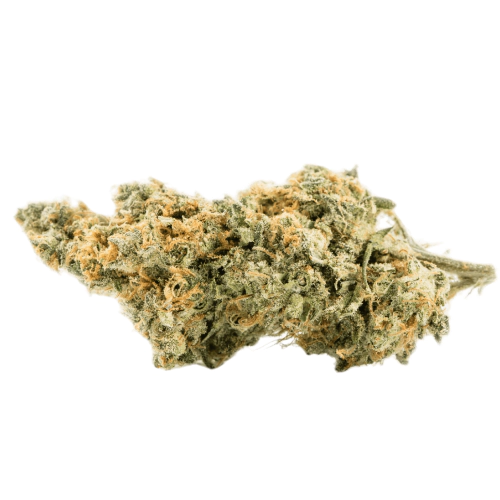
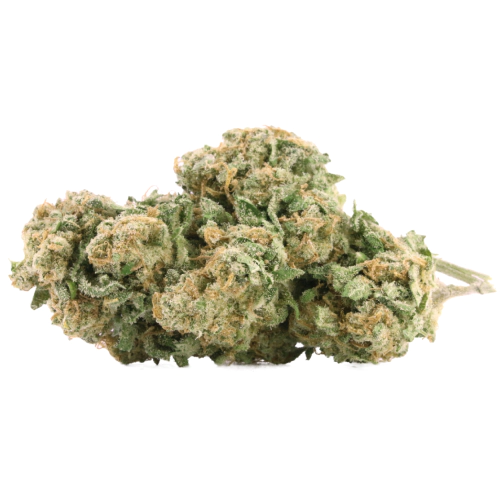
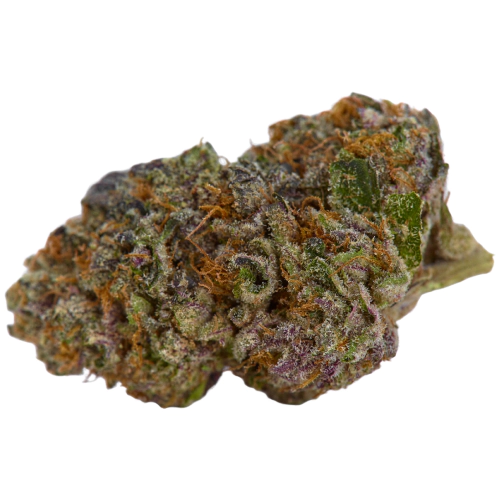

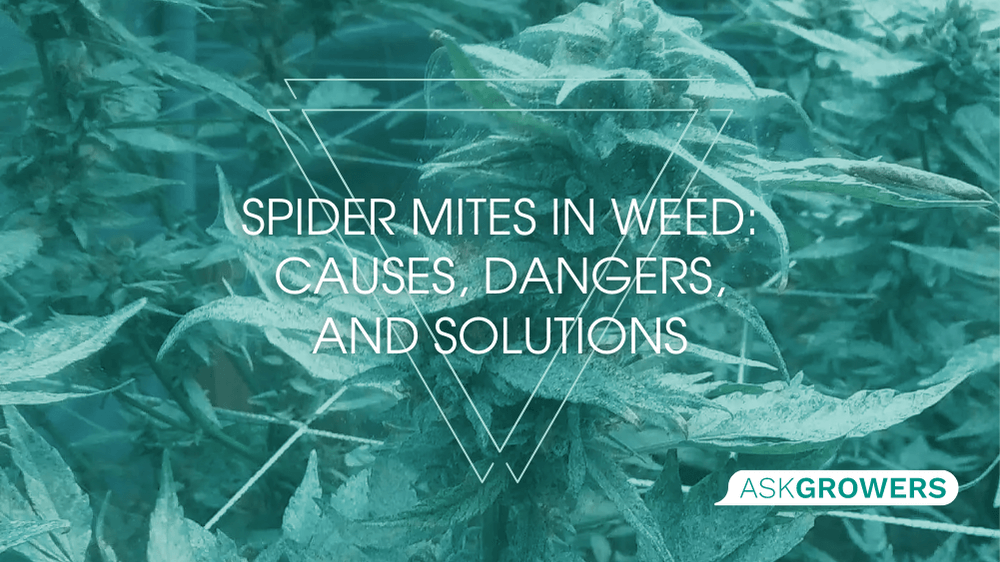

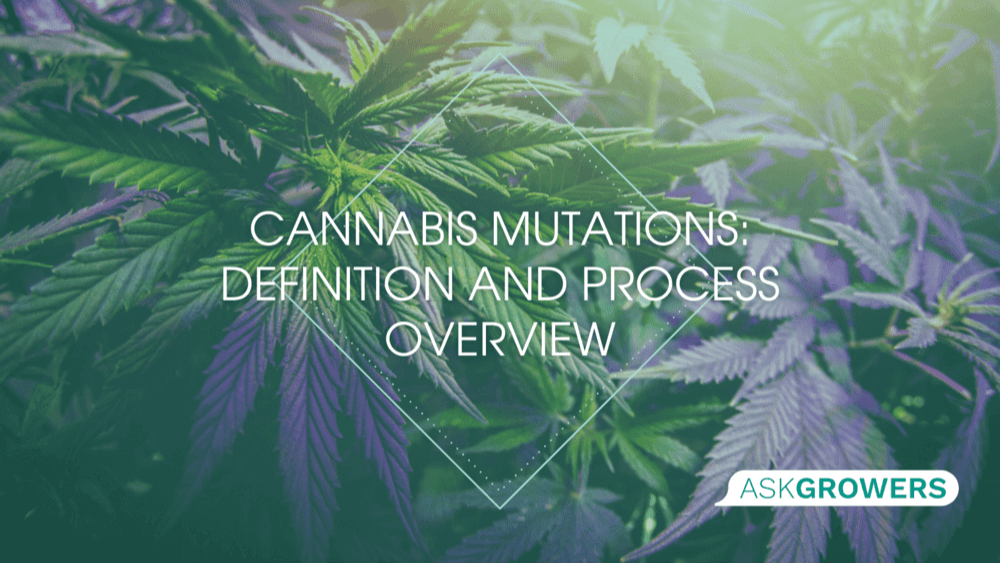
.png)
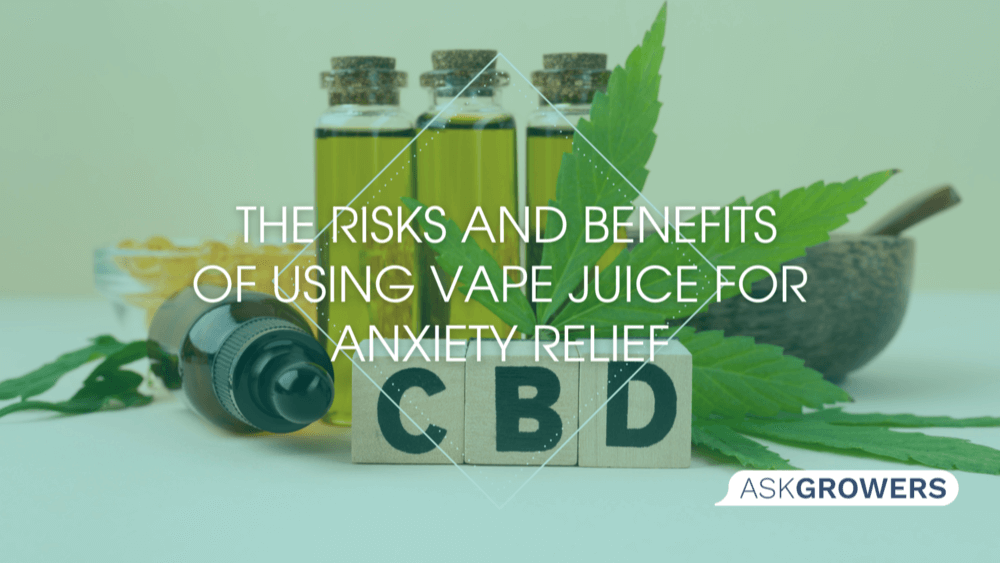

 (1).png)
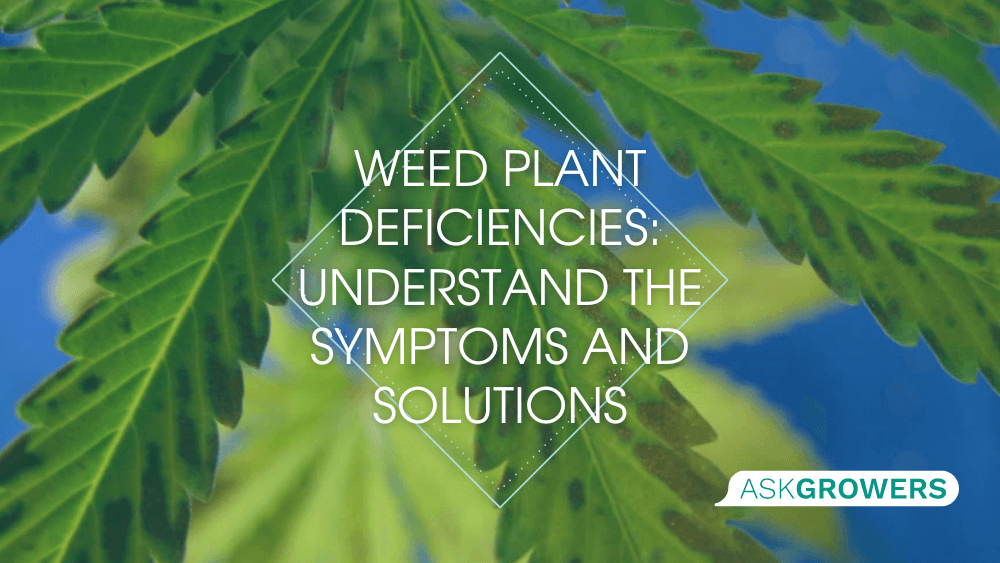
.jpg)

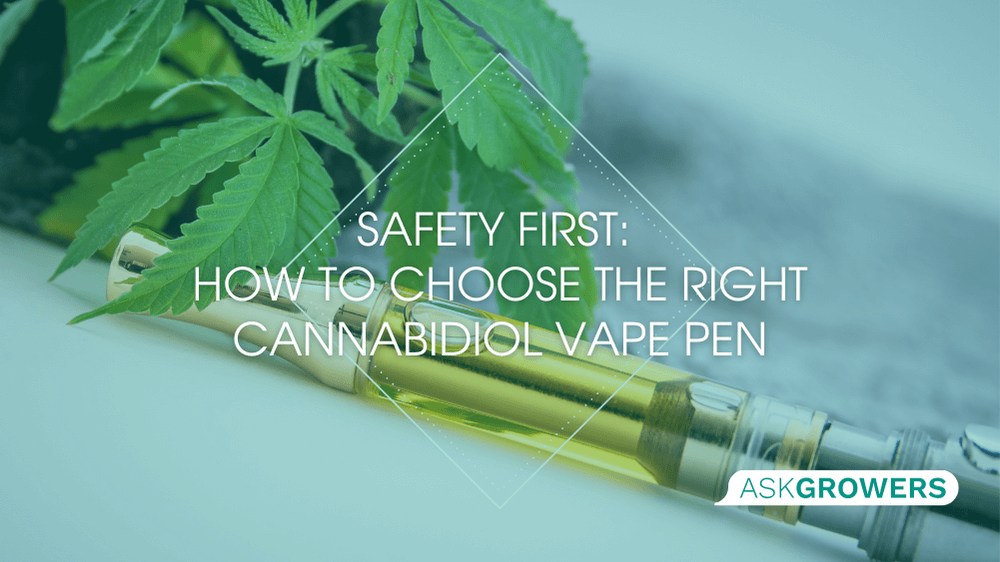
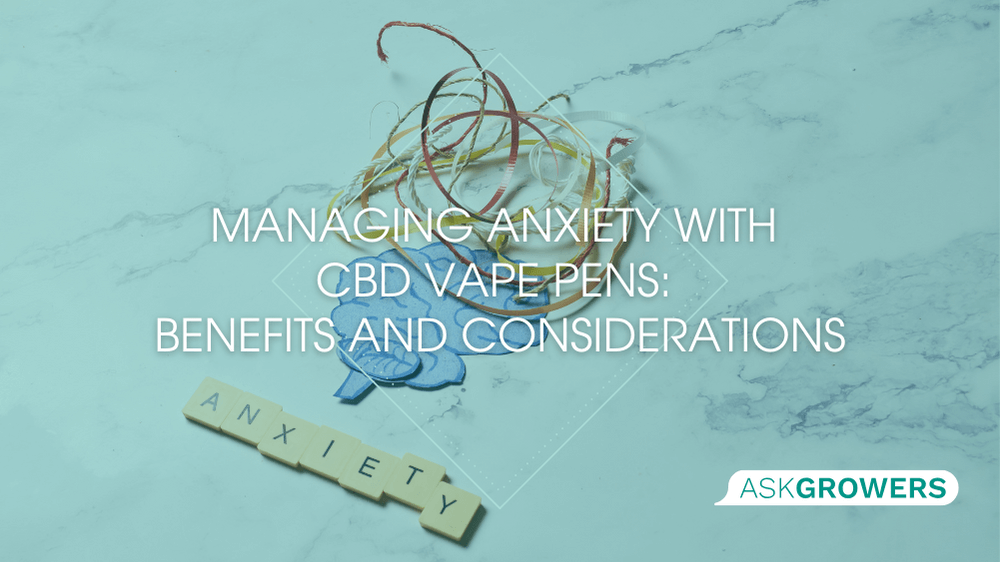
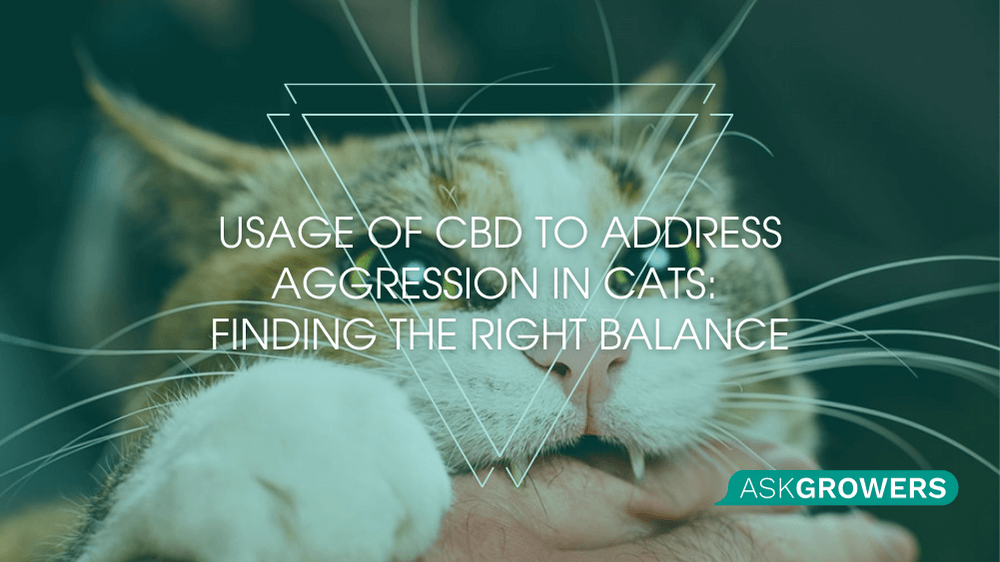

Be the first and share your opinion
Write a Review